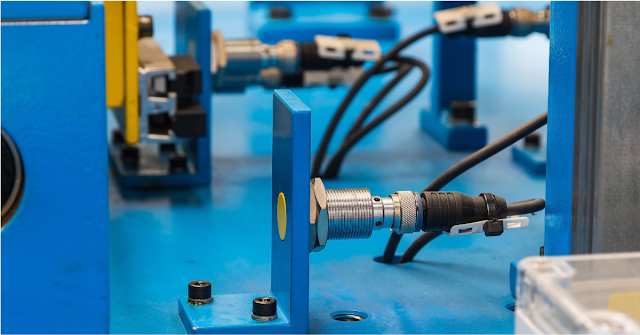In the world of industrial automation, wiring sensors and devices correctly is critical for system functionality and safety. One fundamental concept that often confuses beginners is the difference between sinking and sourcing. These terms define how DC devices like sensors, actuators, and PLCs (Programmable Logic Controllers) handle current flow.
What is Sourcing?
Sourcing (often associated with PNP devices) refers to when a device supplies current to a load. The output terminal is connected to positive voltage (+V), and the current flows out of the device into the load, which is connected to ground (0V).
Key Characteristics of Sourcing:
-
Current flows out of the device
-
Output provides +24V (or other DC positive voltage)
-
Typically uses PNP transistors
-
Load connects to GND
Example:
A PNP proximity sensor is sourcing if it outputs +24V when triggered and connects to a PLC input that is internally tied to 0V.
What is Sinking?
Sinking (commonly associated with NPN devices) means the device receives or sinks current. The output is connected to ground (0V), and current flows into the device from the load, which must be connected to a positive voltage.
✅ Key Characteristics of Sinking:
-
Current flows into the device
-
Output connects to 0V
-
Typically uses NPN transistors
-
Load connects to +V
📌 Example:
An NPN photoelectric sensor sinks current when it switches its output to 0V, completing the circuit with the +24V-powered PLC input.
When to Use Sourcing vs Sinking?
Use Sourcing (PNP) When:
-
Your PLC inputs are sinking-type
-
You need a positive signal sent to the input
🔹 Use Sinking (NPN) When:
-
Your PLC inputs are sourcing-type
-
You need a ground signal sent to the input
Pro Tip to Remember:
"Sourcing Supplies, Sinking Swallows"
This simple phrase helps you remember the direction of current flow.
Real-World Applications
-
Sensors (Proximity, Photoelectric, etc.): Choose PNP or NPN versions based on your PLC's input type.
-
PLC Wiring: Input modules must match the device’s output type to avoid damage.







0 Comments